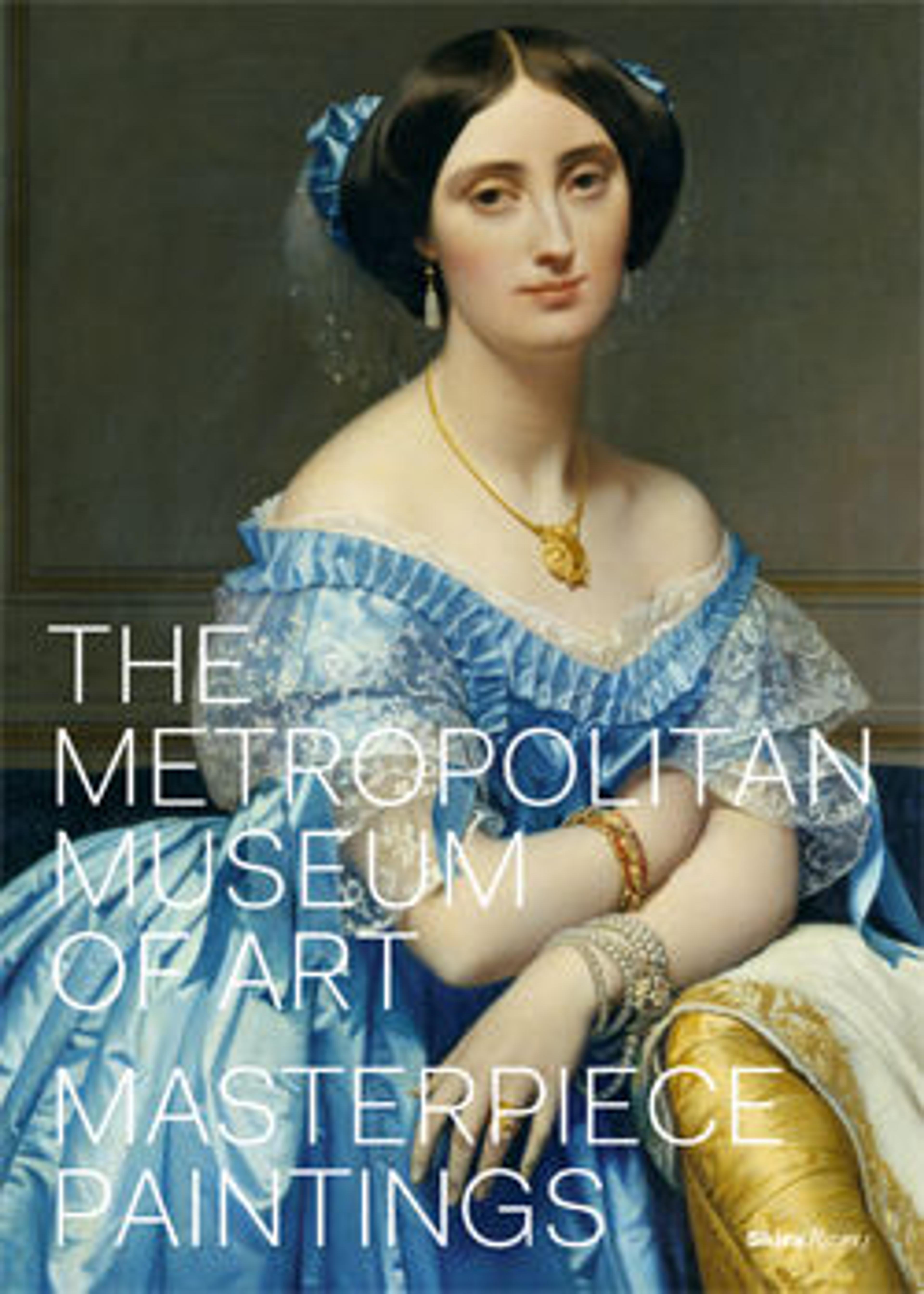Young Man and Woman in an Inn
Painted with the characteristically bold brushwork that Hals had learned from Flemish painting, this picture provides a gleefully nonjudgmental depiction of a young couple carousing in the doorway of an inn or brothel. Flushed cheeks and open-mouthed grins indicate that the pair has broken with contemporary rules of comportment. Yet even the humble interior in which they find themselves boasts a landscape painting above the mantelpiece.
Artwork Details
- Title: Young Man and Woman in an Inn
- Artist: Frans Hals (Dutch, Antwerp 1582/83–1666 Haarlem)
- Date: 1623
- Medium: Oil on canvas
- Dimensions: 41 1/2 x 31 1/4 in. (105.4 x 79.4 cm)
- Classification: Paintings
- Credit Line: Bequest of Benjamin Altman, 1913
- Object Number: 14.40.602
- Curatorial Department: European Paintings
Audio
5032. Young Man and Woman in an Inn ("Yonker Ramp and His Sweetheart")
0:00
0:00
We're sorry, the transcript for this audio track is not available at this time. Please email info@metmuseum.org to request a transcript for this track.
Listen to more about this artwork
More Artwork
Research Resources
The Met provides unparalleled resources for research and welcomes an international community of students and scholars. The Met's Open Access API is where creators and researchers can connect to the The Met collection. Open Access data and public domain images are available for unrestricted commercial and noncommercial use without permission or fee.
To request images under copyright and other restrictions, please use this Image Request form.
Feedback
We continue to research and examine historical and cultural context for objects in The Met collection. If you have comments or questions about this object record, please contact us using the form below. The Museum looks forward to receiving your comments.
